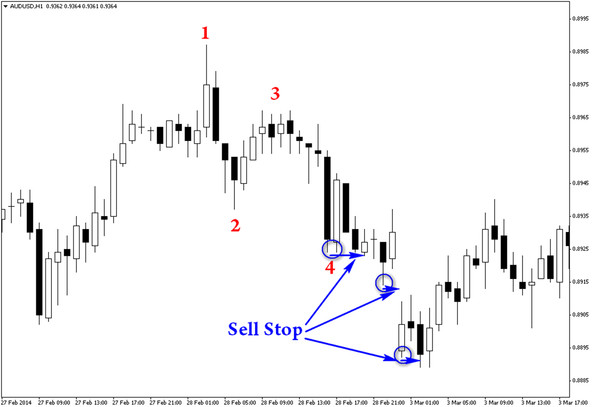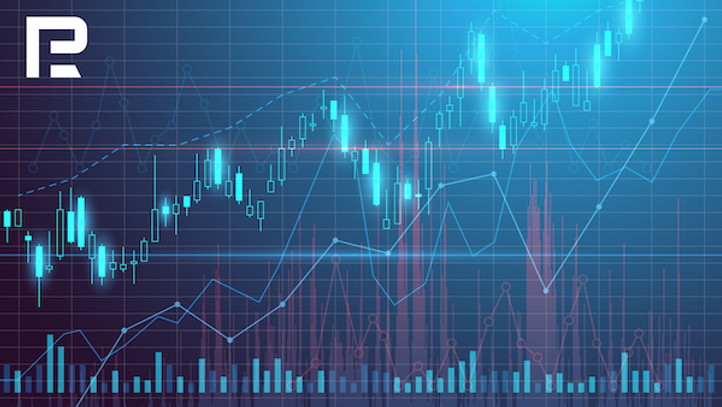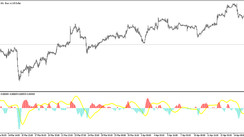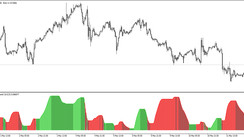One method of Price Action analysis is using Ross Hooks. They are peculiar because the trader does not need to specially check the chart for the trend direction – the very fact of Ross Hooks’ appearance indicates it.
As with any other Price Action method, the Hooks apply to Forex, futures, or stock markets. However, in my opinion, their signals are the strongest in the stock market. For futures, they are less trustworthy, and in currency pairs or currency futures, they are the least reliable. Ross Hooks work well on timeframes from M1 to MN. On which period to use them in each particular case is another question – and the answer depends on the spread of your traded instrument.
Signals to buy by Ross Hooks
As long as a Ross Hook is nothing else but the first increasing local high appearing after the first increasing local low, the requirements to a reliable signal to buy are simple and plain:
the high of a candlestick the height of which includes the closing prices of three or more subsequent candlesticks, cannot be regarded as a Hook. Neither can we take as a Hook the high of any of those three or more candlesticks that have their highs inside one candlestick. However, if there did appear such a Hook and after it at least one candlestick closed below the “measuring” one, the rule does not work anymore.
If the first local high after which a Ross Hook formed lies in an agglomeration that contains those three or more candlesticks closing inside one, the Hook candlestick must close above the first local high. If after the agglomeration formed one or more candlesticks closed outside the measuring one, the rule is canceled.
These are virtually all the conditions. In his book on the Hooks, Ross also claims that the bar of the trading signal must be higher than the previous one. As a person who traded futures on a real trading account by Ross’s ideas for a year have noticed no difference in this respect. I traded futures for sugar for several months, then – futures for the Mini-Russell 2000 index. Hence, the requirement for the increasing volume of the Hook in Forex seems to be invalid. As for stocks trading, I have nothing to say here – the issue needs studying.
Examples of signals to buy by Ross
As you see, finding the first signal to buy is easy, just count local extremes from 1 to 4. If the fourth extreme complies with all the requirements, like in the example above, its breakaway will mean the beginning of an uptrend. At least, this is the conclusion that Ross came to. I have highlighted agglomerations by green squares. The first Hook was in an agglomeration until it was violated by a bearish candlestick closing below the measuring one. All the subsequent local highs rest in the agglomeration. Note that the price moved upwards noticeably only after a trustworthy signal appeared, while after several agglomerations appeared in a row, the movement slowed down.
Signals to sell by Ross Hooks
For a signal to sell to be considered reliable, it must comply with the following rules:
- The Hook must be a decreasing local low.
- If the local low is the first one to be decreasing, the preceding local high must also be decreasing.
- If the local low, with regard to which Ross Hooks are decreasing, lies inside an active agglomeration, its closing price must be outside the agglomeration.
If after the Hook appears it turns out to be inside an agglomeration, the selling order must be either deleted or never be placed until at least one candlestick closes outside the agglomeration.
Examples of signals to sell by Ross

In this example, all the local lows, starting with the first decreasing one, complied with the requirements for a reliable selling signal. Mind that between the moment the first Hook formed and the moment it was broke, no local high was formed. Ross claims it is not necessary at all. The presence of a local high is obligatory just before the first Ross Hook forms. Moreover, Ross admits that local highs might start increasing after the first selling Hook forms – and that local lows might start decreasing after the first bullish Hook forms. Anyway, none must exceed the first extreme from which calculations started. Otherwise, the previous scenario will be canceled.
Stop Loss and Take Profit in trading Ross Hooks
The author of the Hooks formulated the rules of placing the initial Stop Loss very thoroughly. It must be placed behind the third extreme if the fourth one closes behind the second one. Otherwise, it must be placed behind the first extreme from where the whole calculation starts. Positions are followed by the same principle. When selling, the SL is placed behind the highest local high that lies between the last local low and the candlestick that closed below that low. When a candlestick closes below another local low, the SL is dragged above the next interim local high, and so on. With buys, things are just the opposite.
As for Take Profit rules, Ross never worked on those, hence new users of the method have to either do without it for good or work by their own rules. If you do not have any but prefer trading with a TP, I recommend placing it before the nearest strong horizontal support or resistance level, depending on the direction you are planning to trade in. The more touches there have been, the more important this level is. If it is a mirroring one, it is by default important.
Money management in trading Ross Hooks
As long as trading Hooks implies using pending – though not limit – orders, as money management rule I would recommend risking a fixed percentage of your deposit in each position. Moreover, the principle of placing the initial Stop Loss implies quite large Stops in tick measurement, that is why I consider it unwise to use a fixed lot size.
Regardless of Ross’s book on Hooks being published in the far-away 1992, a group of traders preferring pure Price Action analysis considers his ideas efficient. The Hooks found by Ross generate many trading signals on all timeframes, and this is their advantage. However, you should realize that good signals appear quite seldom, which makes the advantage of the Hooks their drawback simultaneously. I am saying this to convince you that if you are serious about trading the Hooks, you must give yourself a month or even more to find your own criteria for good Hooks – and only then switch to real trading or any other type of work where the psychological factor is important.





